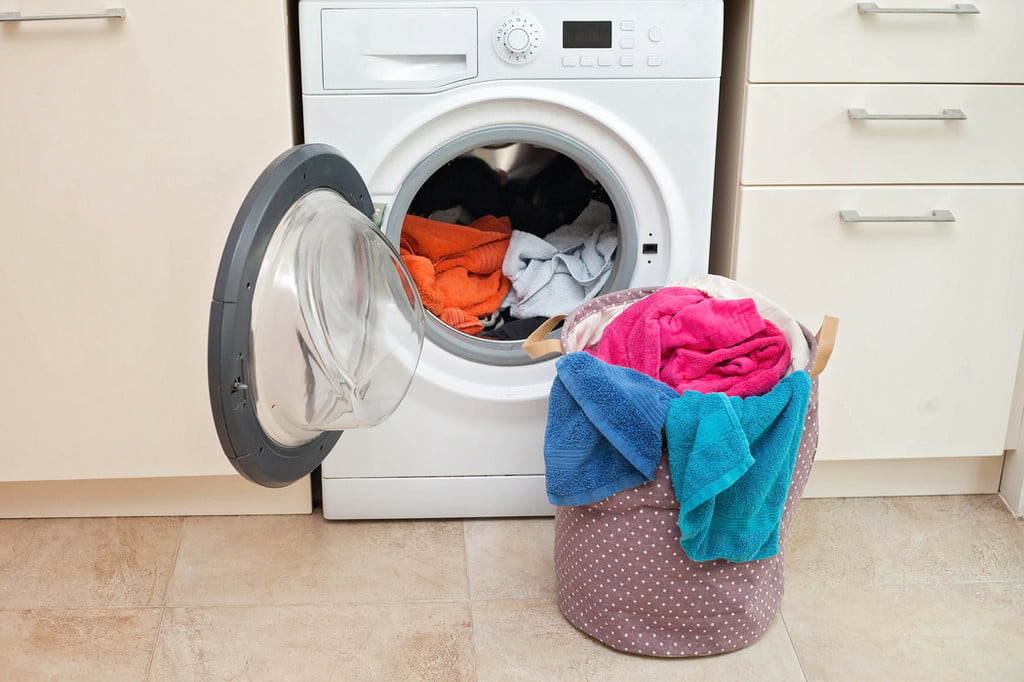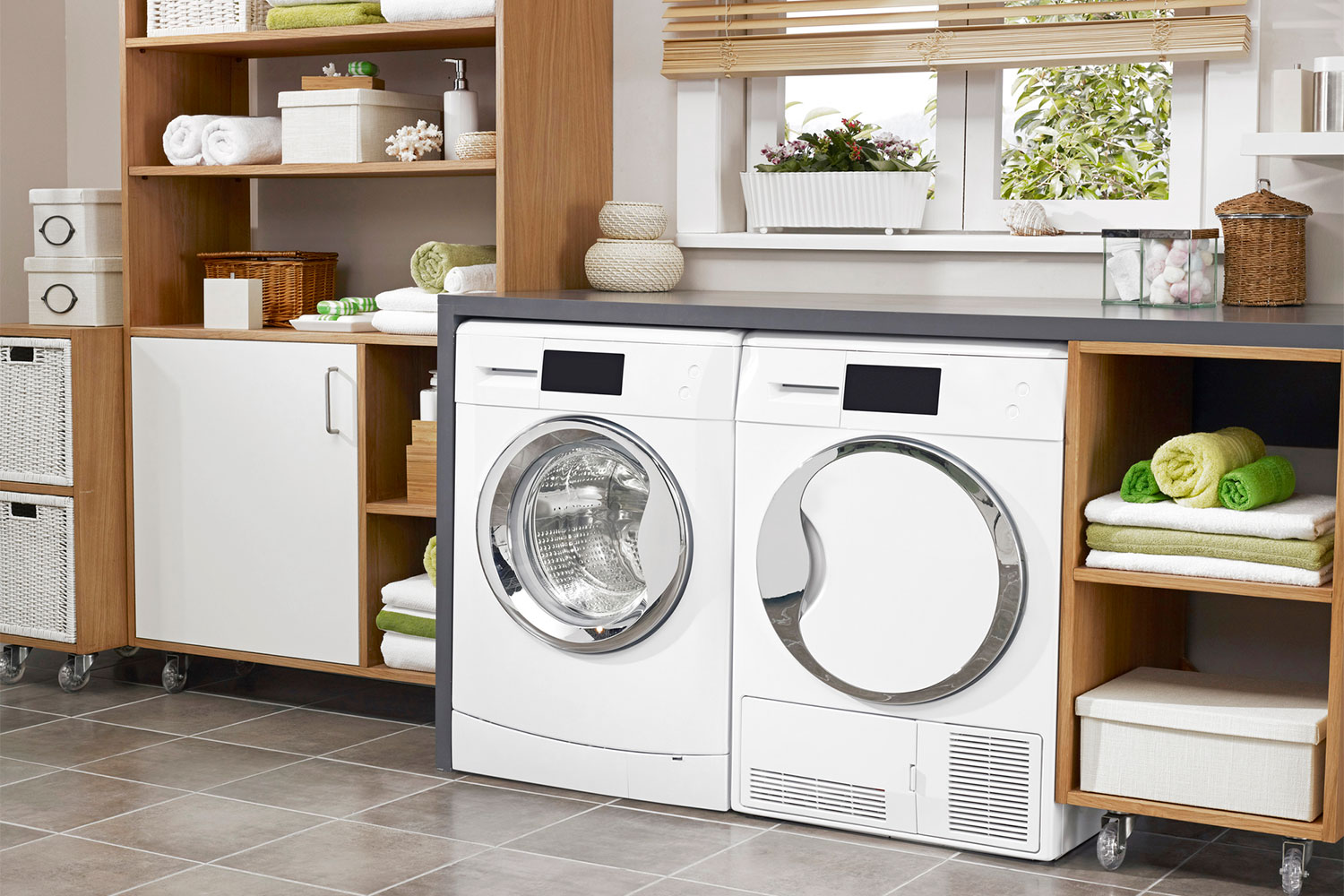Separating your laundry before you begin washing can be more beneficial than you think. You might already be aware that colors bleed and therefore shouldn’t be washed with whites. But did you also know that different colors wash better at different settings than others? Did you know that certain fabrics require a unique washing setting? Or that some clothing items need to be air-dried or hand-washed?
Home organization strategies do not have to be limited to drawers, closets, bathrooms, and vanities. These could also include laundry. We’ll be discussing the best ways to separate and organize your laundry before you wash to make the whole process easier and more efficient while also being kind on your clothing.
Separate by color
Separating by color does more than just prevent bleeding. Certainly, pairing a white T-shirt with a brand-new red dress can turn your shirt pink, and blue jeans stain nearly everything during their first few washes.
Separating by color also helps to ensure you are washing your clothing at their proper settings to help maintain their vibrancy and longevity.
Whites need to be washed and dried at higher temperatures than colors to help maintain their bright color. Additionally, by washing your whites separately, you can add bleach or other brightening chemicals to ensure your whites stay white.
Jeans, on the other hand, require less-frequent washings and on lower settings for shorter periods. This is because, due to their material type, they are more prone to frays, tears, and overall degradation. Jeans last longer and maintain their vibrancy when washed on lower settings.

Organize by fabric type
It’s common for people to try to save time by washing all of their clothing in as few batches as possible. However, down the road, this can be a considerable money-waster.
There are several kinds of fabrics involved in clothing from polyester, cotton, silk, lace, and jeans. The most common materials, like polyester and cotton, can be washed and run through a regular cycle. They don’t require any specific temperature or washing routines, which makes them easy to care for.
Silk requires a lot of care and should never be washed in the washing machine. Due to the delicacy of this fabric, it’s best to gentle hand-wash silk items in cold water. When drying silk, it’s best to allow the fabric to air-dry to preserve the material best. However, silk that has been washed several times can sometimes withstand a light tossing in the dryer at a low temperature.
Lace is another specialty fabric that requires hand-washing. If your washing machine has a hand-wash feature, however, you may use that. When washing lace, you need to fill a bucket with lukewarm water and a gentle detergent that doesn’t have too much coloring.
Soak your lace in the bucket for 10-15 minutes. You should never scrub lace when washing. Simply let it soak and then rinse. When your lace is rinsed out, lay it between two towels to dry. Don’t wring it out as that will damage the material.
Most materials will come with a fabric tag that will provide the proper instructions for washing to preserve the fabric. Be sure to read the label if you’re unsure on how to wash and dry an item correctly.
Separate larger fabrics from smaller ones
If you’ve ever lost a sock in the dryer, you can understand the frustration with losing smaller items in a load of larger items. Washing sheets, blankets, and towels separately from your clothing and smaller loads make doing laundry much more effective.
While you should always separate your laundry into darks, whites, lights, and colors, you should also separate your laundry by sheets and blankets, towels, jeans, everyday clothing, and delicates (you will also need laundry bags for delicates).
Sheets and blankets can be washed according to their instructions tag and can often be washed and dried together, provided they are not overfilling your washer or dryer. Towels soak up a lot of water and should be washed separately to ensure your sheets get a proper clean.

Utilize washing instructions
As we mentioned above, utilizing the instructions tag on fabrics is one of the best ways to make sorting your laundry easier. It eliminates the stress of finding the right pile for your clothes and helps to prolong the lifespan of the fabric.
A few symbols that are important to recognize are the symbols for machine or hand-washing, the strength of the cycle, cycle heat, and drying. A quick online search can give you an in-depth guide on what each symbol means. For this article, we’ll cover the most basic symbols: Regular washing and hand-washing.
Suppose you see a symbol of what looks like a square bucket with water at the top — that represents a washing machine and means that your fabric is okay to be washed in that way. An image of a hand in that bucket means that your fabric should be hand-washed only. While these symbols can be tricky to memorize, most fabric tags include the words associated with the symbol nearby.
Washing your clothes can be a labor of love, but it’s worth it to see your clothes freshly laundered and lasting longer than ever. Follow these instructions for successful laundry days week after week!
Editors' Recommendations
- The best ornamental grasses to beautify your yard
- Can you paint vinyl siding? Yes – here’s your how-to guide
- Do you need to wash walls before painting? The honest truth
- Avoid a huge fire risk in your home: How to clean your dryer vent
- Sick of cloudy glasses? This is the cleaning hack you need



